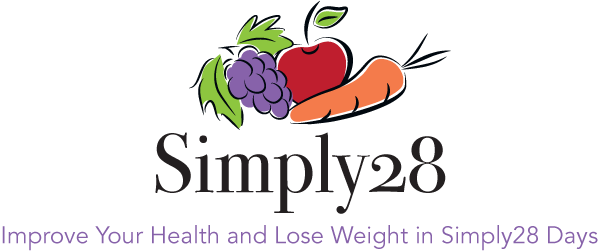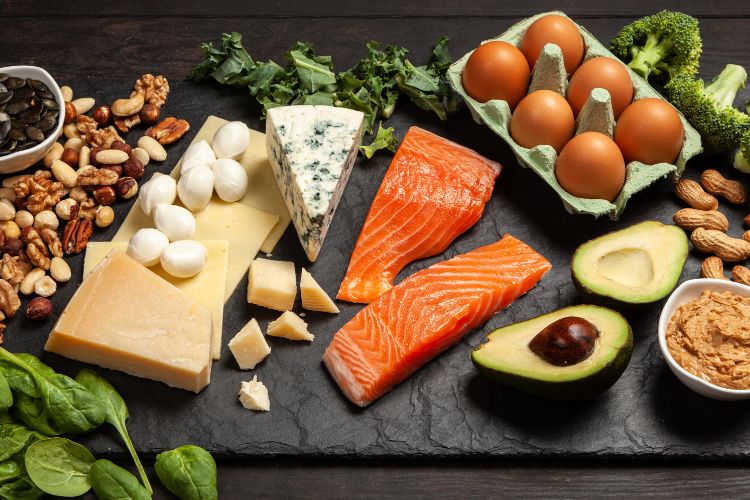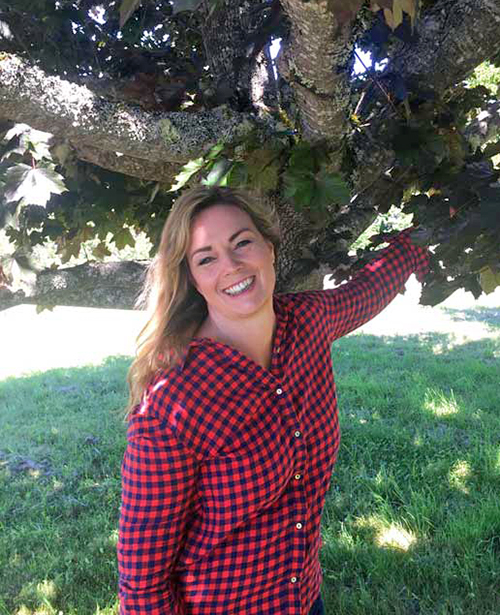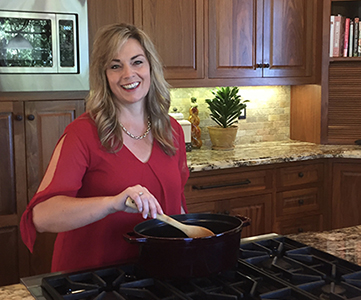Am I at risk for developing osteoporosis and osteopenia?
Are there ways to keep osteoporosis and osteopenia from getting worse?
Can I prevent getting osteoporosis and osteopenia?
Osteoporosis and osteopenia are both conditions that weaken our bone structure, can be very painful and even result in fractures and broken bones. Studies have shown that 1 in 3 adults over the age of 50 have some degree of bone density and that approximately 34 million Americans are affected by this condition. It’s especially common among people over 50, people with poor nutrition, and women after menopause. Osteoporosis and osteopenia indicate that we have fewer minerals than we need to support the process of building strong, healthy bones.
Up until the age of about 30 years old, our bodies naturally build more bone than we lose through two mechanisms. The mechanism that builds bone tissue occurs when a particular type of cell called osteoblasts go to work building new bone cells. Osteoblast cells are like a construction crew that build new bone cells and strengthen existing ones. The other mechanism is to breakdown bone cells in order to release calcium into the blood stream necessary for other functions of the body. The cells that are responsible for breaking down bone material are called osteoclasts. Osteoblast and osteoclast cells play a huge role in the growth and development of children but they are also important processes for adults to continually generate new bone cells and to provide calcium when needed to the other organs of the body. However, after the age of about 35, bone breakdown happens faster than it does when we are younger. It can be harder to build bone tissue fast enough to keep up with the natural break down of it. A natural slowdown in building bone mass combined with inhibitors such as poor nutrition, some medications, chronic disease, and certain lifestyle factors can result in loss of bone density leading to osteopenia and osteoporosis.
Osteoporosis – Osteoporosis a bone disease that develops when bone mineral density (BMD) and bone mass decreases to the point that bones are in danger of fractures and breaks. Most common in women over 50. Risk factors include thyroid disorders, diabetes, celiac, autoimmune disorders, having a small frame, family history of bone loss, hormone therapy, and certain medications like proton pump inhibitors used to treat acid reflux. People who have a history of eating disorders or excessive dieting can also be at risk due to a lack of nutrients to support the formation and growth of bone tissue.
Osteopenia – When your bones are weaker than normal but not so far gone that they break easily. Like osteoporosis, osteopenia is most common in women over 50. Causes can be from a history of eating disorders, untreated celiac disease, overactive thyroid, chemotherapy and certain other medications, lack of nutrients, and lack of strength training. Early indicators may be chronic back pain, loss of height, or poor posture resulting from a curved or stooped spine.
How are Osteoporosis and Osteopenia Treated?
The most common treatments for both osteoporosis and osteopenia include:
- Weight Bearing Exercise – Regular strength exercises and weight bearing activities. Most of us know that exercise strengthens our muscles. But regular exercise also strengthens our bones and the connecting tissue of our bones including the tendons and ligaments. Include weight bearing exercises such as walking, running, dancing, yoga, Pilates, and even jumping on a mini-trampoline. Since weight bearing exercises are primarily focusing on legs and some core muscles, it’s also a good idea to include strength building exercises either with weights or bands for resistance.
- Nutrient Support – A depletion of vitamins and minerals is a key factor in the slowdown of many biological functions including the building and strengthening of bone tissue. Generally, it’s best to get our nutrients from the foods we eat. However, if bone loss has progressed to the point of either osteopenia or osteoporosis, supplementation is recommended and not just to increase calcium. As you will see in the The Ultimate Bone Health Diet below, there are several nutrients needed to support the growth of our bones.
- Medications – A regular exercise program, a healthy diet of real food which I talk a lot about in my new book “The Simply28 Real Food Cookbook” and a solid plan for supplemental support are the first call to action. But if bone loss is severe your medical provider might suggest hormone therapy or prescription medication to help people with a high risk of fractures.
The Ultimate Bone Health Diet
Protein – According to an article in the American Journal of Epidemiology in an analysis of people with osteoporosis, there is a positive association between animal protein consumption and higher bone mineral density (BMD). Whereas, vegetable protein shows a negative association with BMD. For every 15 grams per day of animal protein intake, BMD increased significantly in both men and women. Protein makes up approximately 50% of our bone volume and one-third of its mass, providing the structural matrix of bone. Include animal protein in your daily diet and choose from a variety of sources including wild meats, grass-fed meats, poultry, eggs, whole milk dairy, fish and shellfish.
Calcium – While protein provides the structural matrix of bone, calcium is the primary mineral within that matrix. Consume calcium in the form of whole milk dairy products such as yogurt and cheese, bone broth, canned salmon or tuna, pumpkin seeds, chia seeds, leafy greens, black beans, and broccoli.
Important Note: Cooking vegetables increases the amount of calcium available for the body to absorb. For example, one cup of raw broccoli has about 35 milligrams of bioavailable calcium while the same amount of cooked broccoli contains about 76 milligrams.
Magnesium – Magnesium has both a direct and indirect role in bone health. Magnesium works in conjunction with calcium increasing osteoclasts and osteoblasts, those cells that breakdown and rebuild bone tissue and magnesium reduces bone stiffness. It works indirectly to help utilize vitamin D, balance inflammation and oxidative stress and participates in bone formation. Ideal sources of magnesium rich foods include pumpkin seeds, almonds, spinach, black beans, dark chocolate, peanut butter and avocado. Magnesium is also available in foods such as yogurt, chicken, salmon, halibut, beef, and broccoli.
Vitamin D3 – One of the major roles of vitamin D3 in the body is that it helps us utilize the calcium efficiently and to maintain normal levels of calcium in other parts of the body. The best source of vitamin D3 is sunlight. Getting exposure from UV rays directly on our skin triggers vitamin D3 production by converting cholesterol to vitamin D3. Dietary sources include fatty fish like salmon and sable fish, cod liver oil, egg yolks, cheese and beef liver. The vegetable source of vitamin D is vitamin D2. Vitamin D2 is converted in the body to vitamin D3. D2 is less efficient but still a viable option coming from mushrooms that have been exposed to sunlight and fortified foods.
Vitamin K2 – Vitamin K2 is the form of vitamin K responsible for building healthy bones. K2 activates the types of protein that regulated calcium as it moves between your bones and muscles. It keeps calcium where it’s supposed to be and directs it away from places we don’t want it – our kidneys, brain, and soft tissues. What foods contain K2? Chicken breast, ground beef, sauerkraut, egg yolks, aged cheeses and one of my favorites French Brie with a whopping 21 micrograms per ounce.
Other Trace Minerals: While calcium, magnesium, vitamin D3 and K2 are the stars when it comes to bone health, there are several other trace minerals and a few vitamins that should also be included to keep our bones healthy and strong. Copper, manganese, potassium, phosphorous, zinc, selenium, nickel and vanadium along with vitamin C all play a role in the maintaining healthy bones.
As you can see from the list above, there are many foods that provide one or more of the nutrients needed to promote healthy bones. Remember, a healthy diet of real food combined with regular strength and weight bearing exercise is key in both preventing bone loss and also improving it if you are experiencing a reduction of bone mass density.
If you are at risk for osteopenia or osteoporosis, or you are noticing potential symptoms, ask you medical provider to perform a bone mineral density test. Early diagnoses and treatment can prevent much more serious health and mobility problems down the road.




